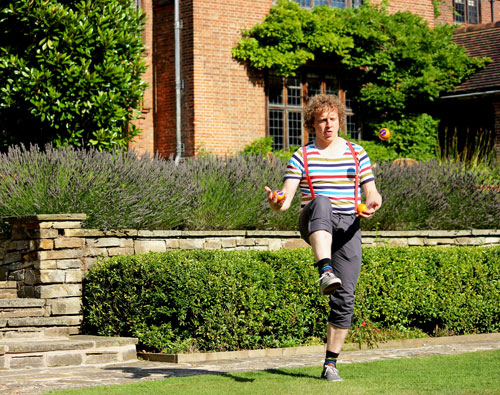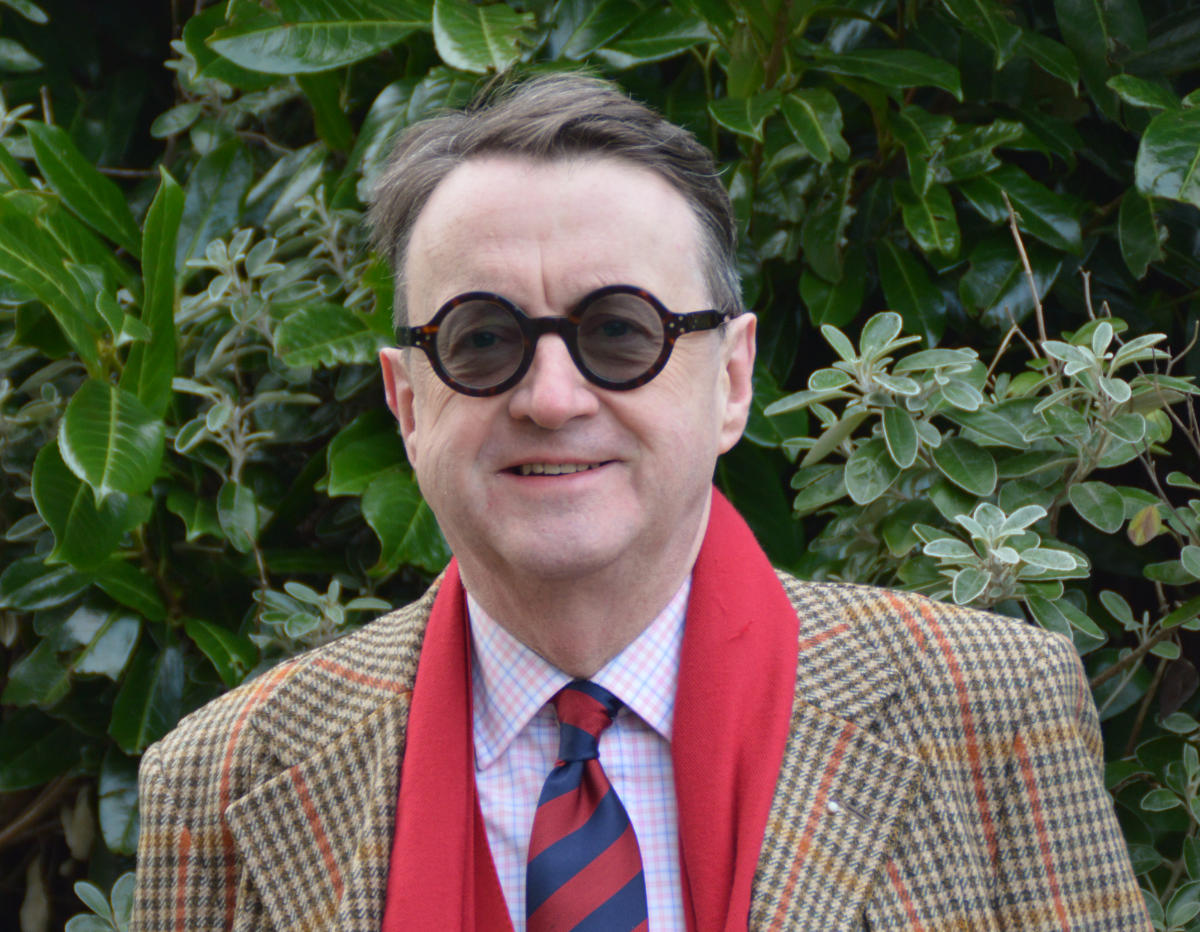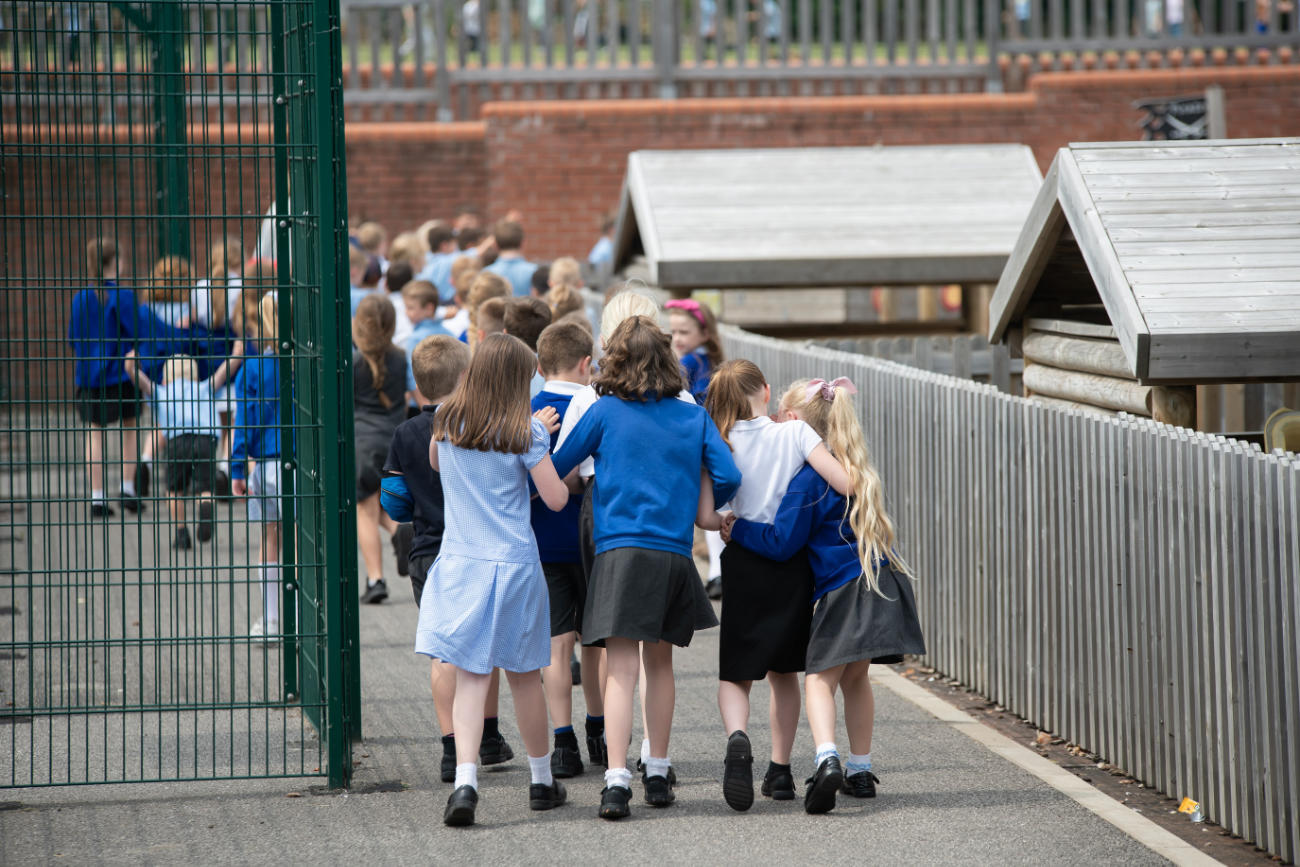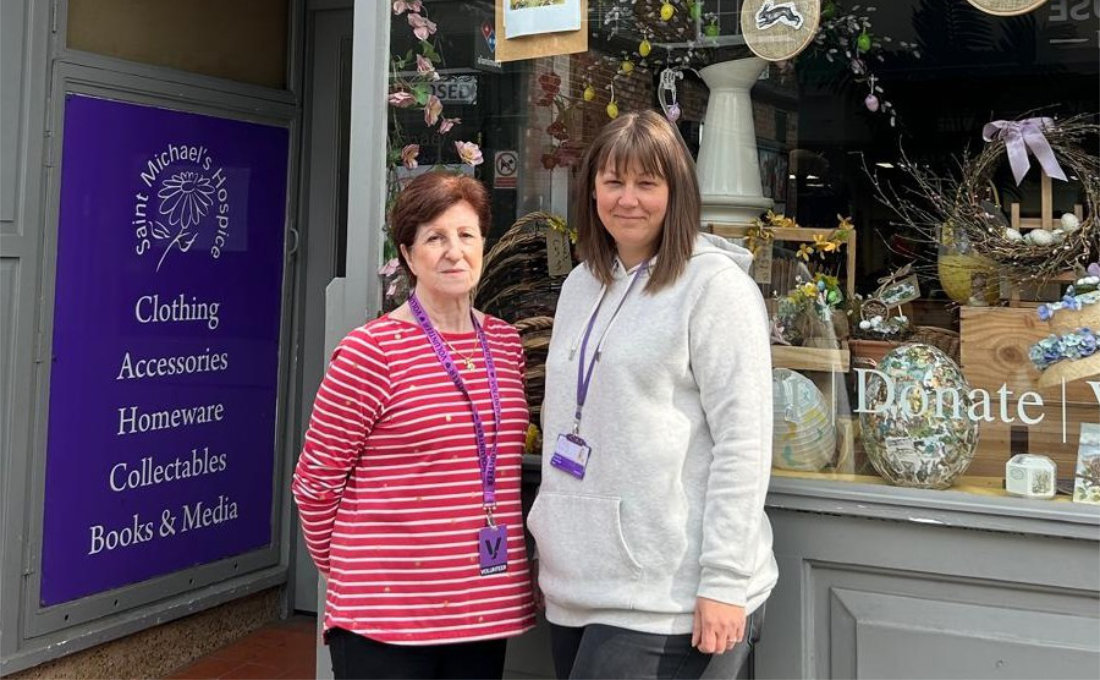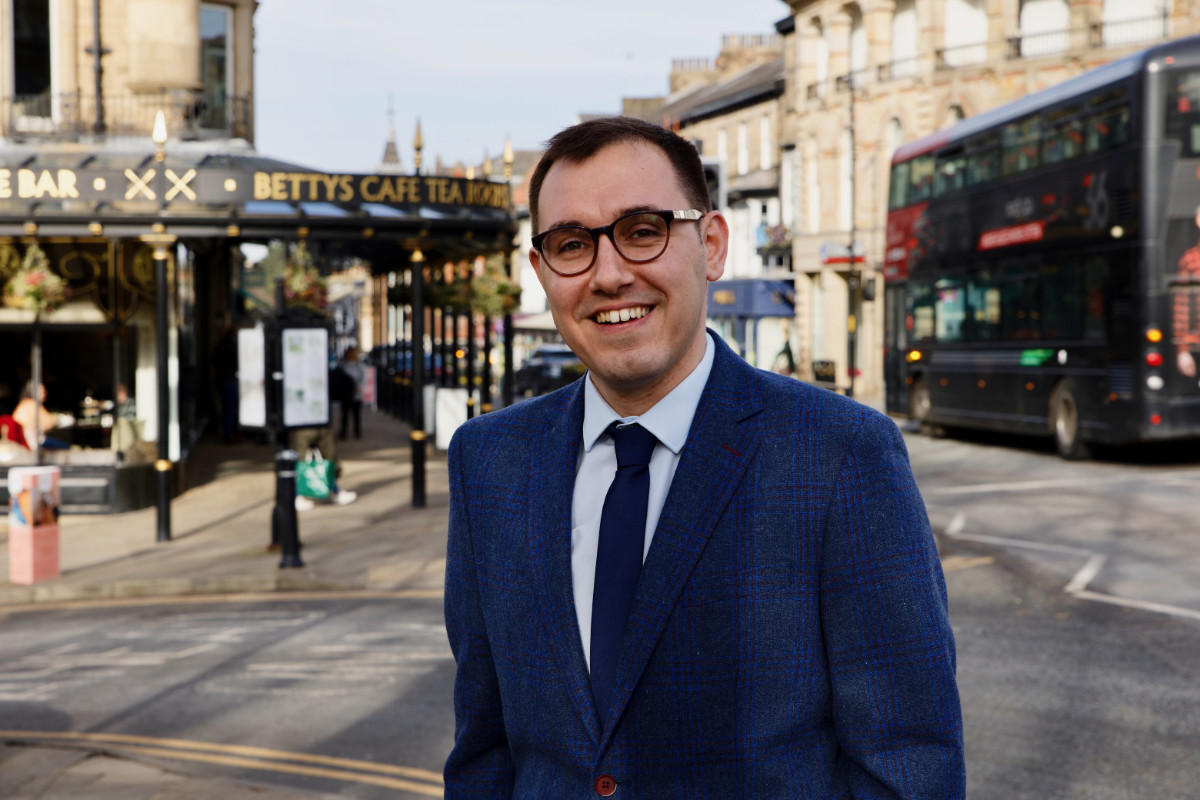A record number of more than 70,000 people are volunteering for the National Trust, according to figures released this week in the charity’s Annual Report.
In Yorkshire there are 1,961 volunteers covering more than 100 different jobs, who between them undertake 84,271 hours of unpaid work a year worth a phenomenal £729,786 to the Trust.
Volunteers support the organisation by performing a huge range of different roles from managing bee hives at East Riddlesden Hall in Keighley and organising special engagement days for local people to running research groups at Treasurer’s House in York and even transcribing and dramatising the diaries of the Victorian visionary, James Stovin Pennyman, who lived at Ormesby Hall near Middlesbrough between 1854-1896.
At Goddards, the National Trust’s Yorkshire headquarters and once home to Noel Terry of the Terry’s of York chocolate firm, volunteers have even set the vision for the property which opened to the public on a regular basis for the first time in July 2012.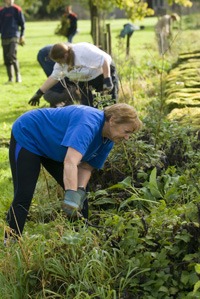
There are now more than 80 volunteers compared to just five paid National Trust staff, working across a range of roles from organising exhibitions and events to sourcing objects for the house, manning the reception, hosting in the tea room and helping with the website.
There is even a volunteer juggler borne of the fact that the teacher who home taught the Terry children in the 1930s ran lessons on balance and exercise in which juggling played an integral part. Coco the Clown – arguably the UK’s most famous performing fool – was also popular then.
Current volunteers nationally for the Trust – who include eight year old Ruth Hollingdrake at East Riddlesden Hall who has been helping out at the property for the past two years with everything from the gardening to testing play equipment – equals the number of Games Makers that were on hand during the 2012 Olympic and Paralympic Games.
Helen Ghosh, Director-General at the National Trust, said:
Volunteers are vital to organisations like the National Trust.
When you visit one of our properties, for the most part the people that welcome you, explain the history of the place and look after it are all volunteers.
On the coast and in the countryside, it is often volunteers who restore habitats, care for wildlife and maintain footpaths.
They are skilled and committed and we are lucky to be able to rely on their support.
The number of people volunteering for the Trust across the country, who combined would fill the O2 Arena more than three times over, shows the public’s growing interest in caring for their local places.
From room guides to membership recruiters and bird counters to beach cleaners, the roles of the charity’s volunteers shape the places that the Trust cares for across England, Wales and Northern Ireland.
Fountains Abbey and Studley Royal near Ripon claims the top spot for the highest number of Yorkshire volunteers with 412, followed by Treasurer’s House in York with 304 and Nostell Priory and Parkland at Wakefield with 236.
National Trust volunteer numbers have grown by 30,000 in the last decade. One of the charity’s most industrious recruits is former RAF squadron leader Ted Sumner who is a research and visitors’ services volunteer at Beningbrough Hall near York.
The 63 year old’s efforts have allowed Beningbrough to develop its war room telling the stories of the air men based at nearby Linton-on-Ouse during the Second World War who were billeted at the hall between April 1941 and August 1945.
Ted’s work has also enabled Beningbrough to successfully bid for HLF funding to expand on the air men’s wartime experiences.
Ted – whose last posting was to Linton-on-Ouse and whose involvement with the Trust began following his retirement from the RAF eight years ago – says volunteering has allowed him to develop new skills and keep active.
Ted said:
I didn’t want to waste my time sat at home staring at the walls; I wanted to do something that was interesting and keep me occupied but didn’t bank on ending up doing something that has been as interesting as it has turned out to be.
I just love being a volunteer, the history of Beningbrough, the nice people I work with and meeting so many interesting visitors. It is so easy to retire and to spend your days staring into an abyss of nothingness.
Volunteering is mentally stimulating and helps ensure I can keep doing the Sunday Times crossword!
I think the value that I have got out of the property and the pleasure of seeing people enjoying what they are reading and looking at and knowing I have had a hand in it, is priceless.
Casey Morrison, Volunteering and Community Involvement Consultant for the National Trust in Yorkshire, said of today’s news:
Over the last 10 years, we have seen our volunteering community grow substantially.
Casey said:
We recognise that people’s lives are extremely busy, so we are working hard to make it even easier for people to gift their time.
The work that our volunteers do is fantastic and we strive to ensure that the experiences the volunteers have are fulfilling and enjoyable.
There are many ways in which we are doing this at the moment, with the growth of opportunities for families, young people, such as internships, group volunteering and working holidays.
Over the next few years, we aim to continue our pledge to maintain and improve the volunteer experience so that we can all continue to look after special places, for everyone.
Justin Davis Smith, Executive Director of Volunteering and Development for National Council for Voluntary Organisations (NCVO), said:
Volunteers play a vital role in the running of the National Trust and in opening up our great national heritage to local communities.
The passing of the 70,000 volunteer mark for the first time in the organisation’s history is a cause for celebration.
Official surveys suggest that volunteering is on the up, partly as a result of the huge increase in exposure for volunteering during the Olympic and Paralympic Games, and the Trust has clearly risen to the challenge of capturing this spirit and turning it into a lasting legacy.
And the legacy is not only of greater community benefit. Where volunteering works well, as it clearly does within the National Trust, it benefits all concerned, including the volunteers – who learn new skills, meet new people and reap the rewards of improved physical and mental well-being.

